The Rise of Solar-Powered Smartphones and Tablets
18 January 2025
Imagine a world where your smartphone or tablet never runs out of battery. Sounds like a dream, right? Well, it’s not as far-fetched as it might seem. With the increasing advancements in renewable energy and tech innovation, we are on the verge of a significant breakthrough: solar-powered smartphones and tablets.
Before you roll your eyes and think, "Yeah, I’ve heard this before," let me tell you that solar technology has come a long way in the past few years. The idea of powering our gadgets with sunlight isn't just a futuristic concept anymore—it’s becoming a reality. And as the demand for more sustainable tech continues to grow, solar-powered devices are inching closer to becoming mainstream.
But what exactly does this mean for us, the users? And how will solar-powered smartphones and tablets change the game? Let’s dive into the rise of these sun-powered gadgets and explore what’s on the horizon.
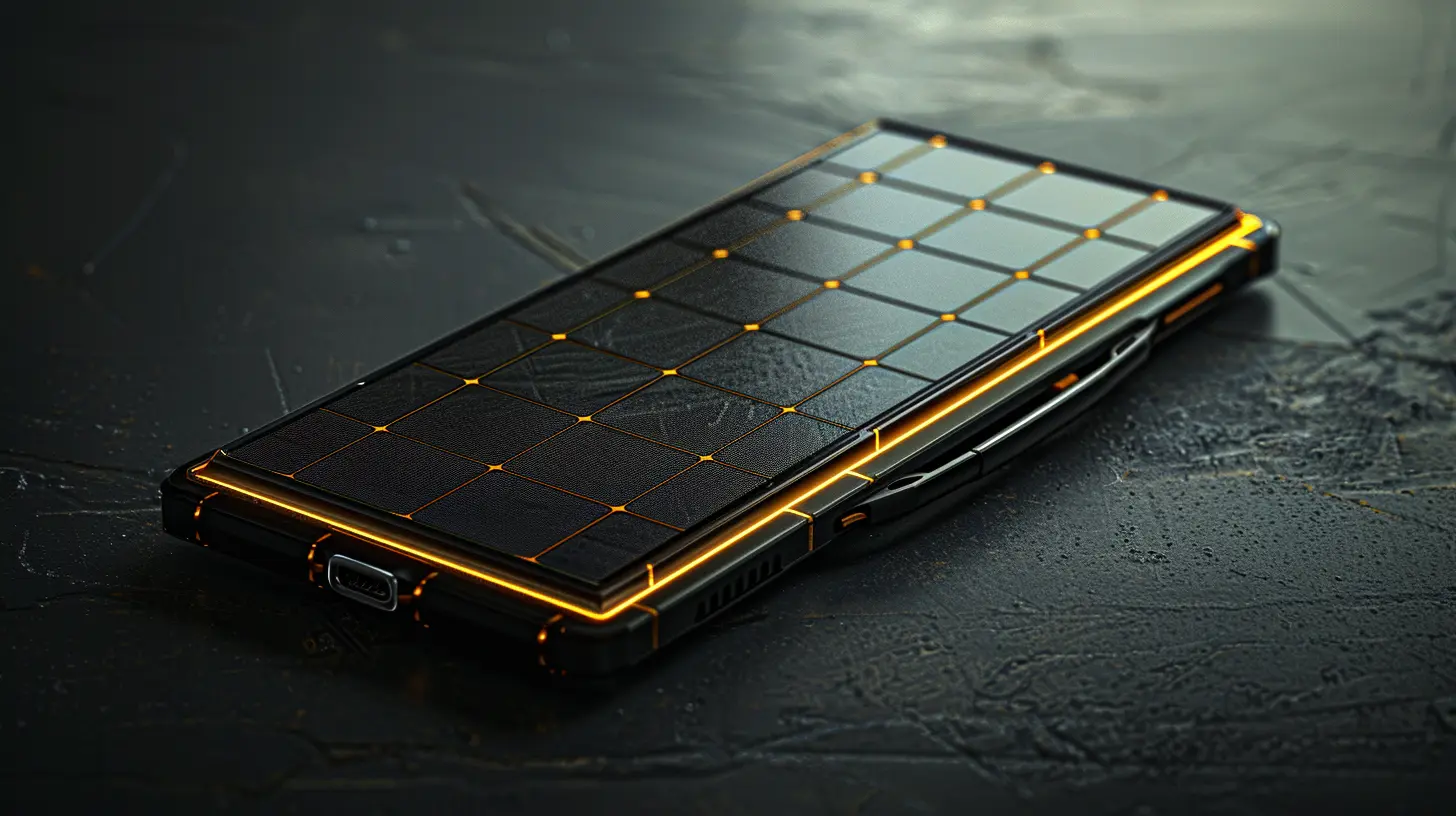
Why Solar Power?
First things first—why solar power? Why not stick with the batteries we've been using all this time?Well, for starters, the world is facing an energy crisis. Fossil fuels are depleting, and the environmental impact of traditional power sources is becoming more evident each day. From carbon emissions to deforestation, the way we generate energy is taking a toll on the planet. It’s clear we need to shift toward renewable energy sources, and solar power is one of the most promising options.
Unlike other energy sources, solar power is clean, abundant, and free (once you have the right equipment). The sun shines everywhere—well, except maybe at night—and capturing that energy is becoming more efficient with each passing year.
And here's where smartphones and tablets come in. These devices have become an essential part of our daily lives. We use them for everything—from checking emails to streaming videos and managing our smart homes. But as useful as they are, they also come with a downside: batteries that always seem to drain at the worst possible moments. Solar-powered tech could be the solution to this annoying problem.
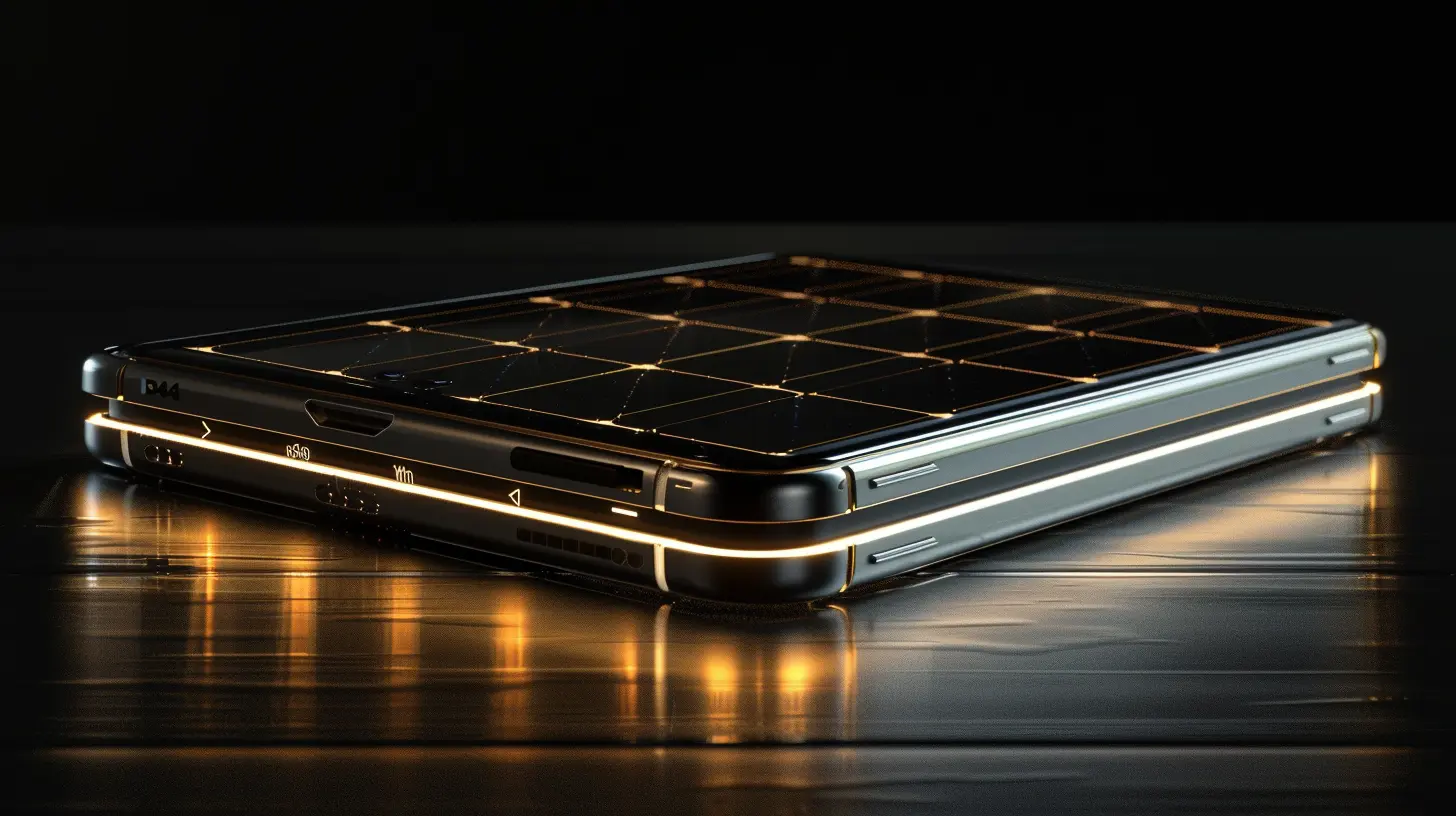
The Evolution of Solar-Powered Devices
Solar-powered gadgets aren’t something new. In fact, you’ve probably already seen some of them in action. Think about solar-powered calculators, garden lights, or even those solar chargers you can use when camping. But applying the same concept to smartphones and tablets is a whole new ballgame.The early attempts at solar-powered phones were... let’s just say, not that impressive. They were bulky, inefficient, and required way too much sunlight to make a noticeable difference. But like most tech, solar power has evolved. We’ve made huge strides in solar panel efficiency, and companies are starting to integrate solar cells directly into smartphones and tablets without adding much bulk or compromising on design.
Some manufacturers have already dipped their toes into the solar pool. For instance, Samsung introduced a solar-powered phone back in 2009, but it didn’t quite take off. Since then, the technology has improved significantly, and it seems like we’re finally at a point where solar-powered smartphones are not only possible but practical.
The Technology Behind It
So how does it work? How can a smartphone or tablet harness the power of the sun to keep running?It all comes down to solar cells—or photovoltaic cells if you want to sound fancy. These cells are designed to absorb sunlight and convert it into electricity. In theory, it’s pretty straightforward: slap some solar cells onto the back of a phone, and boom—you’ve got a solar-powered device. But, of course, the reality is more complex.
The challenge lies in making the solar cells small enough to fit on a phone without adding too much weight or thickness. At the same time, they need to be efficient enough to generate enough power from the limited surface area available. This is where recent advancements in solar technology come into play. Newer solar cells are thinner, lighter, and way more efficient than their older counterparts.
We’re also seeing the development of transparent solar panels, which could be embedded into the phone’s screen. Imagine a phone display that not only shows you what’s going on but also charges your device while you’re using it. Now that’s the future!
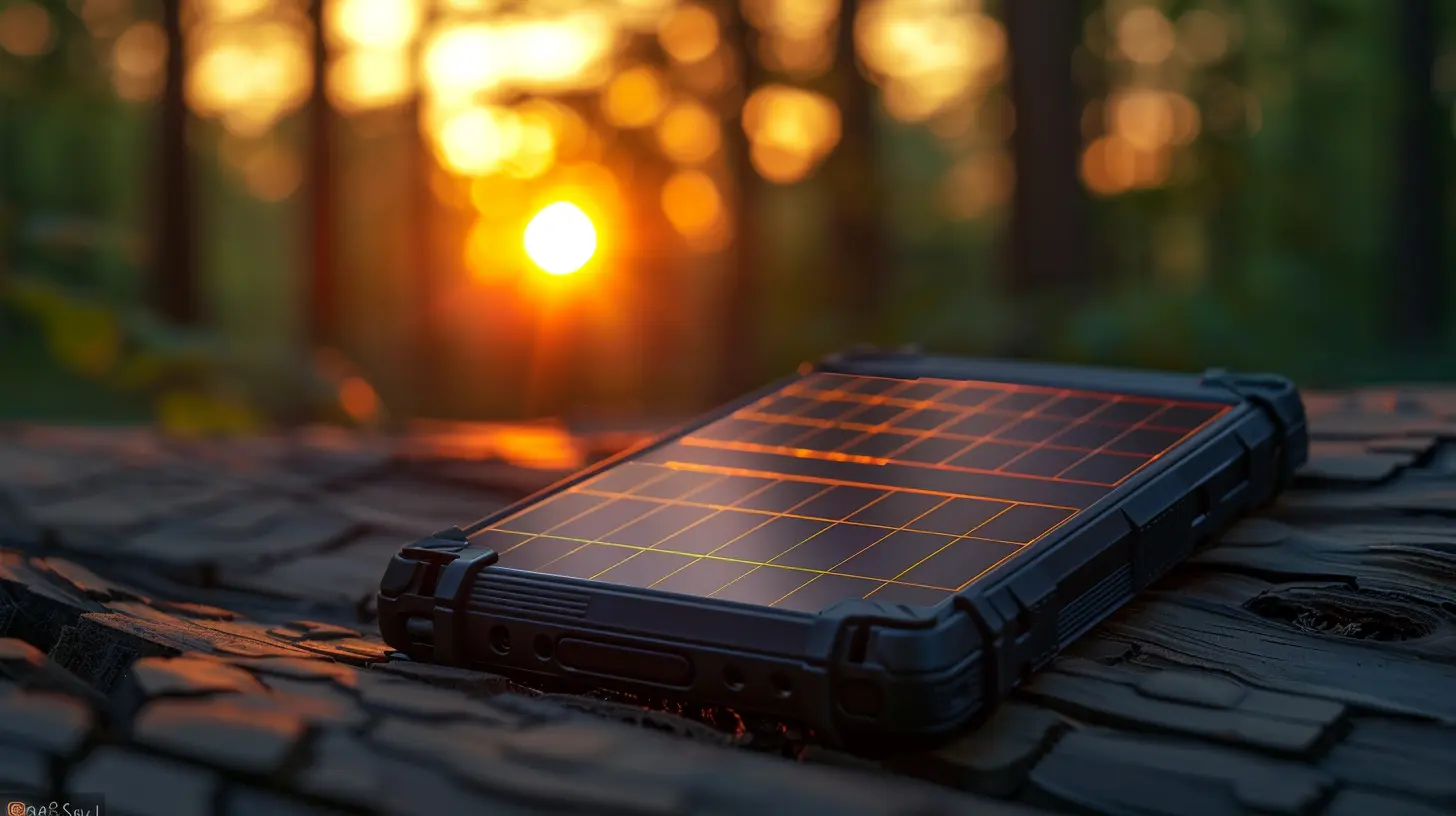
Benefits of Solar-Powered Smartphones and Tablets
Alright, so solar-powered tech sounds cool, but what’s in it for you? Let’s talk about the benefits.1. No More Dead Batteries
We’ve all been there—your phone is about to die, and there’s no charger in sight. It’s frustrating, especially when you’re out and about. But with a solar-powered phone, all you need is a little sunlight to keep things going. Even if the solar cells can’t fully charge your device, they can provide enough juice to keep it running until you find a charger.
2. Eco-Friendly Tech
Let’s face it: traditional smartphones aren’t exactly kind to the environment. From the mining of rare metals to the energy used in manufacturing, there’s a lot of environmental impact. Solar-powered phones, on the other hand, use a renewable energy source. By harnessing the power of the sun, you’re reducing your carbon footprint and contributing to a greener planet.3. Off-Grid Charging
Whether you’re camping in the wilderness or just lounging at the beach, a solar-powered phone means you don’t have to rely on electrical outlets to keep your device running. This is particularly useful for people who spend a lot of time outdoors or in areas with limited access to power.4. Longer Battery Life
Solar power can also help extend the overall battery life of your device. By reducing the number of times you need to plug your phone into a charger, you’re preventing the battery from going through too many charge cycles, which can degrade it over time.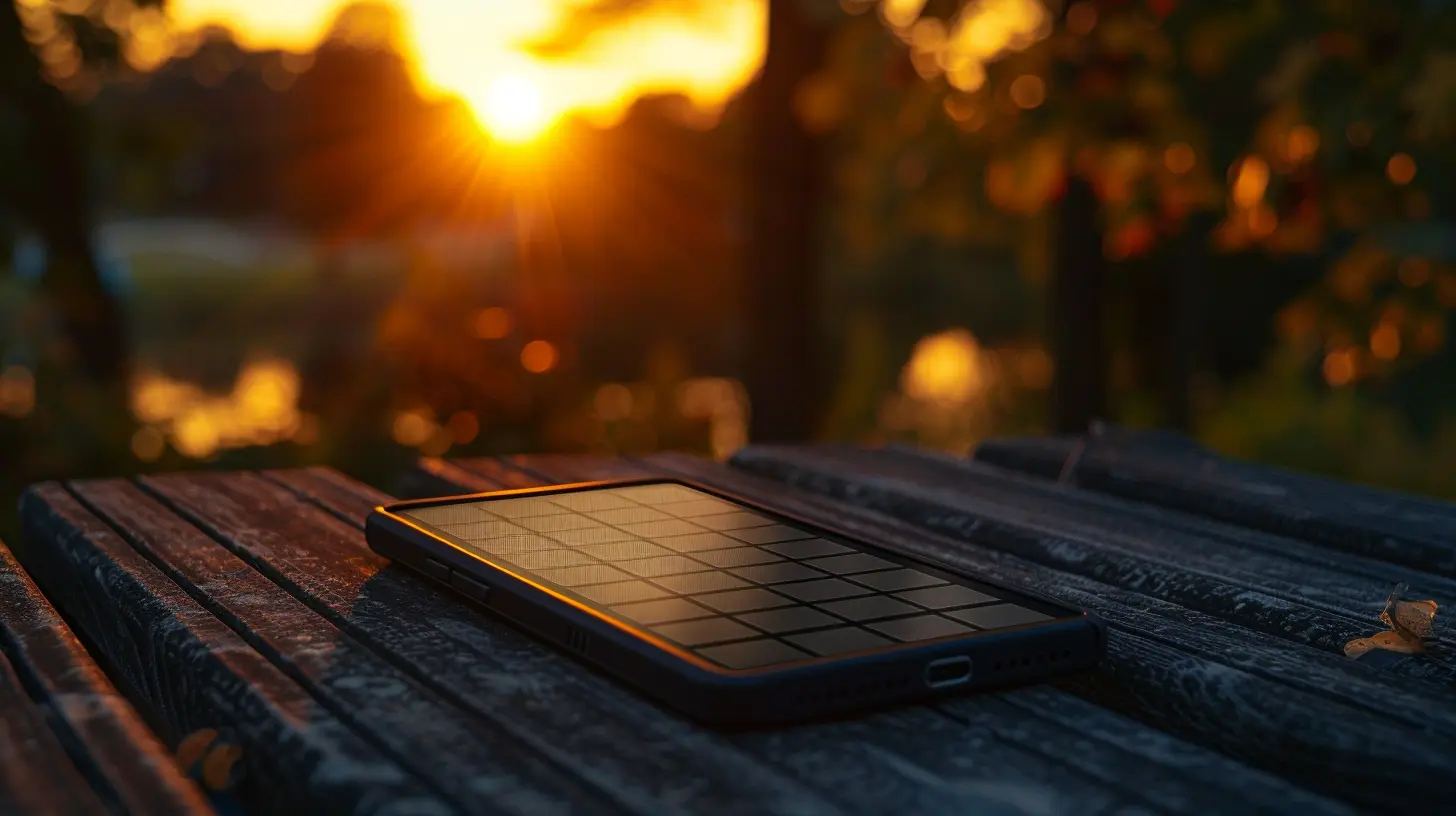
Challenges to Overcome
Before we all get too excited, it’s important to note that there are still some challenges to overcome before solar-powered smartphones and tablets become the norm.1. Limited Surface Area
Smartphones and tablets don’t have a lot of extra real estate to work with. The surface area available for solar cells is limited, so unless we can make them super efficient, the amount of power they generate may not be enough to fully charge the device.2. Sunlight Dependency
While solar-powered devices sound great in theory, they’re still dependent on sunlight. If you spend most of your time indoors or live in a place where the sun isn’t always shining, you might not get the full benefit of solar charging.3. Cost
As with any emerging technology, the initial cost of solar-powered smartphones and tablets is likely to be higher than traditional devices. The materials and technology involved in integrating solar cells into gadgets are still relatively expensive, though prices are expected to drop as the tech becomes more widespread.4. Aesthetic Impact
Let’s be honest—people care about how their gadgets look. Solar panels, while functional, might not always blend seamlessly with the sleek and stylish designs we’ve come to expect from modern smartphones. Manufacturers will need to find a balance between aesthetics and functionality.What’s Next?
So, what’s next for solar-powered smartphones and tablets? Are we going to see them on store shelves next year? Maybe not quite yet, but the future is looking bright (pun intended).Several companies are already investing in research and development to bring solar-powered gadgets to the mainstream. We’re likely to see hybrid devices first—smartphones and tablets that combine traditional batteries with solar charging capabilities. This would allow users to get the best of both worlds: the reliability of a standard battery and the eco-friendliness of solar power.
In the long term, we could see fully solar-powered devices that don’t need to be plugged in at all. Imagine a world where your only concern is making sure your phone gets enough sunlight—no chargers, no cords, just clean, renewable energy. It’s an exciting possibility, and it’s closer than you might think.
Final Thoughts
The rise of solar-powered smartphones and tablets is more than just a trend—it’s a shift toward a future where technology and sustainability go hand in hand. While there are still hurdles to overcome, the progress being made in solar technology is undeniable.As consumers, we’re always looking for ways to make our lives more convenient, and the idea of a phone that charges itself is incredibly appealing. But beyond convenience, solar-powered devices represent a step toward a greener, more sustainable future for tech. And let’s be honest, who wouldn’t want a phone that runs on sunshine?
So, as we look ahead, the question isn’t whether solar-powered gadgets will become a reality—it’s when.
all images in this post were generated using AI tools
Category:
Sustainable TechAuthor:

Kira Sanders
Discussion
rate this article
18 comments
Isadora Monroe
As we embrace the sun’s boundless energy, it’s exciting to see solar-powered smartphones and tablets making waves! Imagine never worrying about battery life during outdoor adventures. This eco-friendly tech is not just innovative, but it's also a step toward a more sustainable future. Bring on the sunshine!
April 1, 2025 at 12:45 PM

Kira Sanders
Thank you! It's inspiring to see how solar technology can revolutionize our devices and promote sustainability. Exciting times ahead!
Isabella Oliver
Exciting innovations! Solar-powered devices will revolutionize sustainability and enhance our tech-driven lives. Keep it up!
February 19, 2025 at 2:02 PM

Kira Sanders
Thank you! We're excited about the potential of solar-powered devices to transform our tech landscape and promote sustainability. Stay tuned for more innovations!
Callista McClintock
Fascinating concept! How do solar-powered smartphones balance efficiency with everyday usability? Can we expect significant advancements in this technology within the next few years?
February 8, 2025 at 11:57 AM

Kira Sanders
Solar-powered smartphones optimize efficiency by using lightweight solar cells that charge the device without compromising usability. Significant advancements are expected in the next few years as technology improves and becomes more integrated into everyday designs.
Kristy McMeekin
Exciting innovation! Looking forward to sustainable tech advancements!
February 1, 2025 at 11:39 AM

Kira Sanders
Thank you! We're thrilled about the potential of solar-powered devices in promoting sustainability.
Betsy McMeekin
This article highlights an exciting innovation in sustainable technology. Solar-powered smartphones and tablets could revolutionize how we use energy on the go, but their effectiveness and practicality will ultimately determine their mainstream acceptance and impact.
January 29, 2025 at 12:30 PM

Kira Sanders
Thank you for your insightful comment! I agree that the effectiveness and practicality of solar-powered devices will be key to their success in the market. Exciting times ahead for sustainable tech!
Lyanna Lewis
The integration of solar technology into smartphones and tablets marks a significant shift towards sustainable energy solutions. By harnessing solar power, these devices not only reduce reliance on conventional charging methods but also contribute to environmental conservation. As advancements continue, we can expect increased efficiency and wider adoption in the consumer market.
January 29, 2025 at 4:37 AM

Kira Sanders
Thank you for your insightful comment! Indeed, integrating solar technology into smartphones and tablets is a promising step towards sustainability and environmental conservation. Exciting advancements lie ahead!
Hesper Larsen
As solar-powered smartphones and tablets gain popularity, consumers can enjoy eco-friendly alternatives that reduce reliance on traditional charging methods. This innovation not only promotes sustainability but also enhances convenience, especially for those frequently on the go. Exciting times ahead for mobile technology!
January 28, 2025 at 11:34 AM

Kira Sanders
Thank you for your insightful comment! It's great to see enthusiasm for solar-powered devices and their potential to transform mobile technology while promoting sustainability. Exciting times indeed!
Milena McCollum
Beneath the sun's embrace, our devices awaken, harnessing light's kiss—innovation blooms in solar whispers.
January 27, 2025 at 12:20 PM

Kira Sanders
Thank you! I love your poetic take on the transformative potential of solar technology in our devices. It truly represents the bright future ahead!
Zayne McCune
Exciting innovation! Solar-powered devices could revolutionize mobile sustainability.
January 26, 2025 at 9:27 PM

Kira Sanders
Thank you! Solar-powered devices have the potential to significantly enhance mobile sustainability and reduce our carbon footprint.
Mason Pope
Great innovation for a sustainable future!
January 26, 2025 at 11:23 AM

Kira Sanders
Thank you! We're excited about the potential of solar technology to promote sustainability and reduce our environmental impact.
Vex Tucker
The rise of solar-powered smartphones and tablets offers exciting potential for sustainable technology. While the benefits of renewable energy are clear, challenges remain in efficiency and user experience that need addressing for widespread adoption.
January 24, 2025 at 10:02 PM

Kira Sanders
Thank you for your insight! You're right—while solar-powered devices promise sustainability, tackling efficiency and user experience is crucial for their broader acceptance.
Kaitlyn Rogers
As solar-powered devices emerge, they symbolize a sustainable future. Embracing this technology not only enhances convenience but also champions environmental responsibility in our daily lives.
January 22, 2025 at 1:48 PM

Kira Sanders
Thank you for your insightful comment! The rise of solar-powered devices indeed represents a significant step towards a more sustainable and responsible future.
Valentina Mahoney
This is fascinating! Solar-powered smartphones and tablets could revolutionize how we think about energy consumption. I wonder how efficient the solar technology will be in varying sunlight conditions and what impact it will have on battery life.
January 22, 2025 at 3:38 AM

Kira Sanders
Thank you! Solar efficiency in varying sunlight is indeed a key consideration, and advancements are being made to enhance energy capture and optimize battery performance in diverse conditions. Your curiosity is spot on!
Eli Gomez
The emergence of solar-powered smartphones and tablets presents a significant advancement in sustainable technology, offering users energy independence and reducing reliance on traditional power sources.
January 20, 2025 at 9:31 PM

Kira Sanders
Thank you for your comment! Indeed, solar-powered devices represent an exciting leap towards energy independence and sustainability in technology.
Zariah Stevens
Great insights on solar-powered devices! Exciting future for sustainable technology!
January 20, 2025 at 5:49 AM

Kira Sanders
Thank you! I’m glad you found the insights valuable—sustainable technology truly has an exciting future ahead!
Amira McCall
Embracing solar-powered smartphones and tablets marks a pivotal moment in tech innovation! This shift not only enhances sustainability but also empowers users to harness renewable energy on-the-go. Let’s celebrate this step toward a greener future and the endless possibilities solar technology brings to our daily lives!
January 19, 2025 at 8:51 PM

Kira Sanders
Thank you for your enthusiastic support! Embracing solar technology truly represents a significant leap toward sustainability and user empowerment in our everyday devices. Let's continue to explore the potential of this innovation!
Kai Willis
Great article! It's exciting to see the advancements in solar-powered technology for smartphones and tablets. This innovation not only enhances sustainability but also addresses energy concerns, paving the way for a greener future in mobile tech.
January 19, 2025 at 11:35 AM

Kira Sanders
Thank you! I'm glad you enjoyed the article and share my excitement about the future of solar-powered technology in mobile devices.
Riven Vasquez
Sunny days ahead for tech lovers! 🌞 With solar-powered smartphones and tablets on the rise, we’re not just charging our devices but also brightening our planet's future. Let's embrace innovation and sustainability—one solar charge at a time! 🌍📱
January 18, 2025 at 7:24 PM

Kira Sanders
Absolutely! Exciting times ahead as we combine tech innovation with sustainability. Together, we can power our devices and protect our planet! 🌞🌍
MORE POSTS

The Impact of Blockchain on Mobile Security and Payments

How to Keep Your Mobile Device Running Like New

Eco-Friendly Gadgets for Sustainable Living
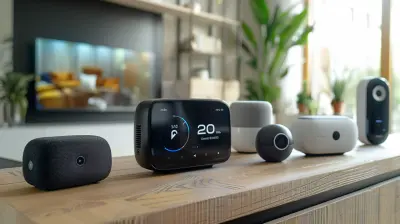
Smart Thermostats: Which One is the Most Energy Efficient for Your Home?

How AI is Helping Companies Go Green

Mobile Security: Protecting Your Device in a Connected World

How Mobile Apps Are Enhancing the Online Dating Experience
Fitness Trackers for Strength Training: What Metrics to Track

Best Robot Vacuums for a Clean, Smart Home: Our Top Picks

How Electric Vehicles Are Driving Innovation

How to Choose the Best Drone for Your Needs